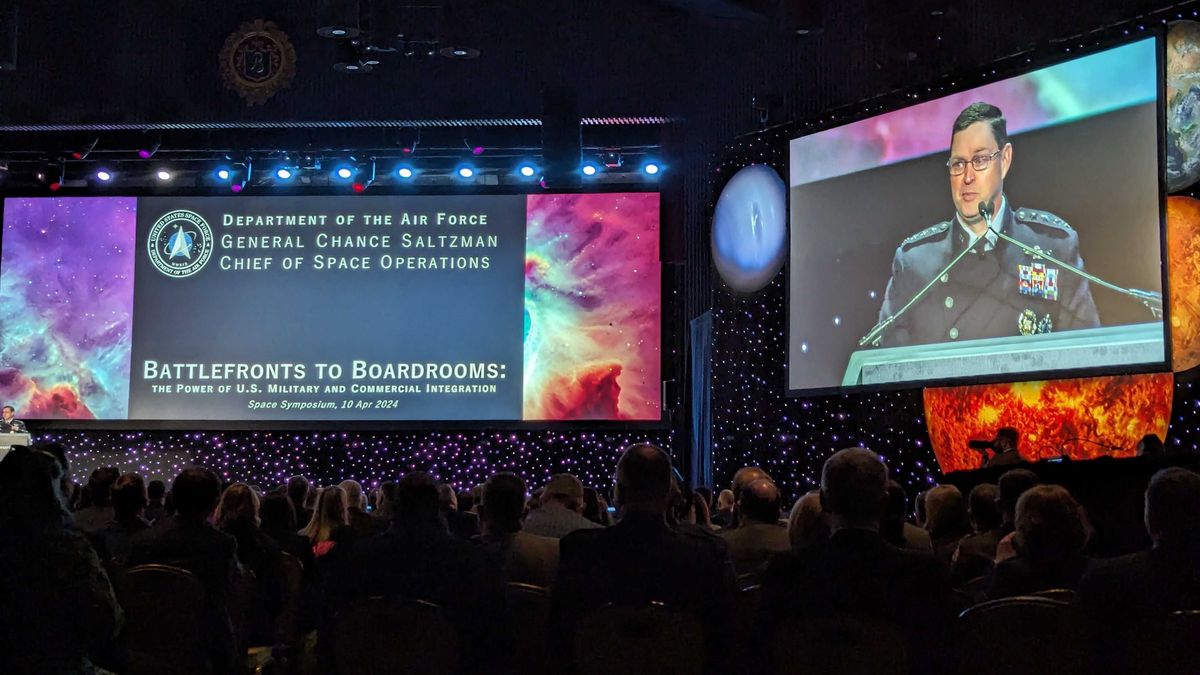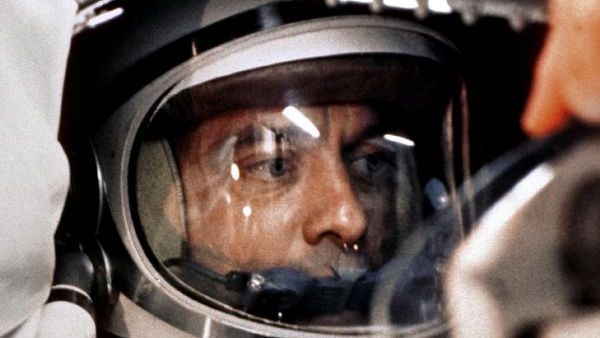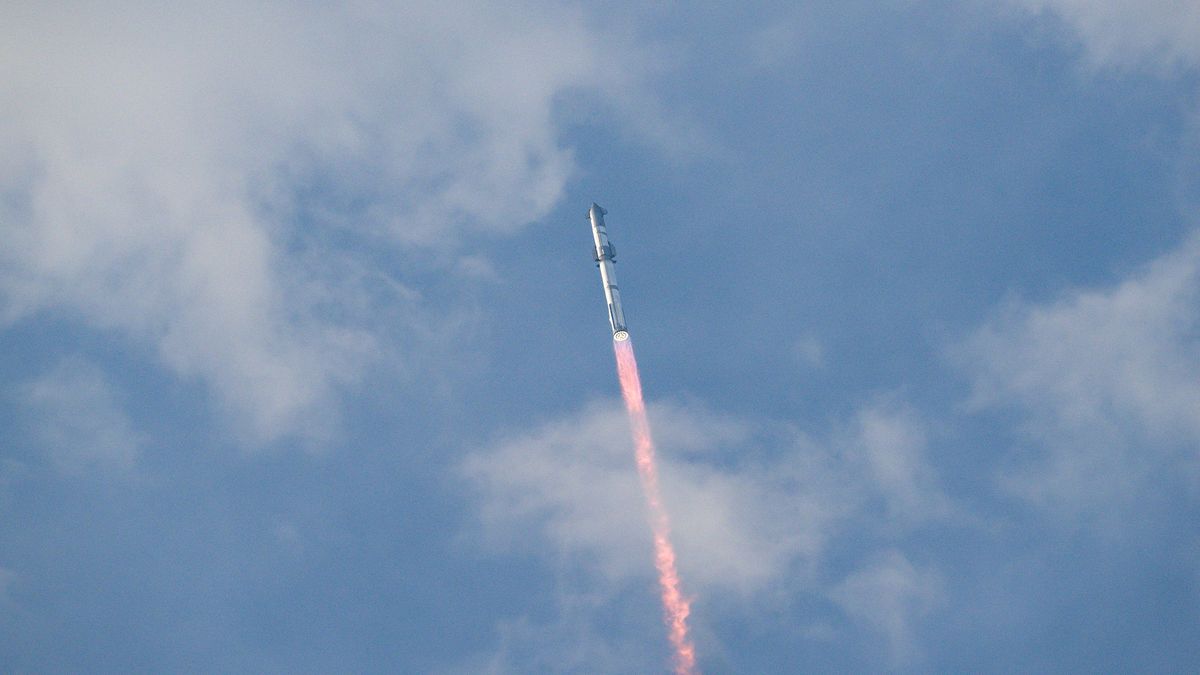Technological Innovation Key to U.S. Space Force Success
Addressing the annual Space Symposium in Colorado Springs, Gen. B. Chance Saltzman, Chief of Space Operations for the U.S. Space Force, emphasized the critical role of emerging technological capabilities in securing victory in future conflicts against adversaries. The general stressed the importance of the Space Force forging partnerships with the commercial industry to rapidly develop and deploy cutting-edge space-based capabilities, underscoring that such endeavors are essential to out-compete rival nations.
Great Power Competition in Space
General Saltzman highlighted the pressing need for rapid innovation in the space domain, particularly in the context of escalating “great power competition” with major adversaries like Russia and China. Drawing attention to Russia’s recent actions in Ukraine, Saltzman warned of the swift and unexpected nature of war, stating that cooperation with industry and allies has proven effective in countering threats posed by hostile nations.
Emphasizing the historical significance of collaboration between the military and commercial industries, Saltzman pointed to past examples such as the U.S. Navy’s partnership with coal companies during the Spanish-American War. He also cited the U.S. Air Force’s successful engagement with commercial satellite operators to enhance military communications capabilities. By leveraging these partnerships, Saltzman outlined the Space Force’s commitment to modernizing and strengthening its operational capacity.
Modernization Efforts and Commercial Space Strategy
In pursuit of enhancing its capabilities, the Space Force unveiled a new Commercial Space Strategy document aimed at facilitating greater cooperation with industry partners to bolster America’s competitive edge in space. The document delineates key lines of effort including Collaborative Transparency, Operational and Technical Integration, Risk Management, and Secure the Future, with the overarching goal of developing resilient and combat-ready architectures at a faster pace and lower cost.
Lt. Gen. Shawn Bratton, deputy chief of Space Operations, highlighted the significance of the strategy in promoting interoperability between government and commercial solutions while fostering innovation and efficiency within the commercial sector.
Challenges Ahead
Despite the strategic vision outlined in the Commercial Space Strategy, General Saltzman acknowledged that modernizing technological capabilities remains a formidable challenge, especially in the context of military funding constraints influenced by congressional decisions and political dynamics. Saltzman noted the perpetual struggle for adequate funding, stating that financial limitations often hinder the pace of technological advancement within the Space Force.
Prior to General Saltzman’s address, Secretary of the U.S. Air Force Frank Kendall expressed frustration with budgetary processes and the detrimental impact of delays on technology development and acquisition. Kendall underscored the imperative of streamlining funding procedures to prevent adversaries from gaining a competitive advantage through bureaucratic inefficiencies.
Image/Photo credit: source url





